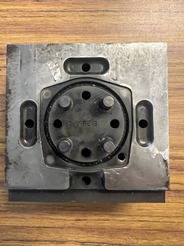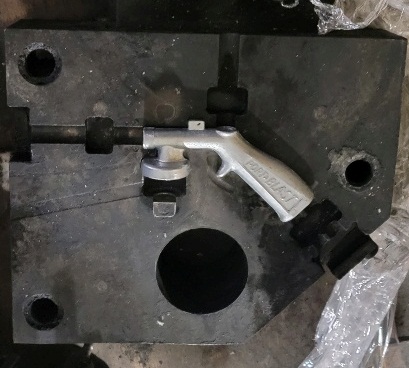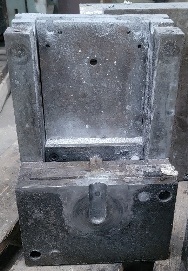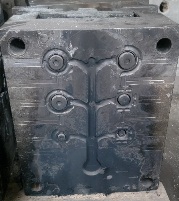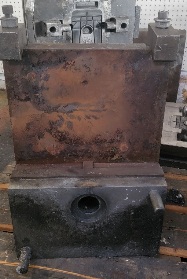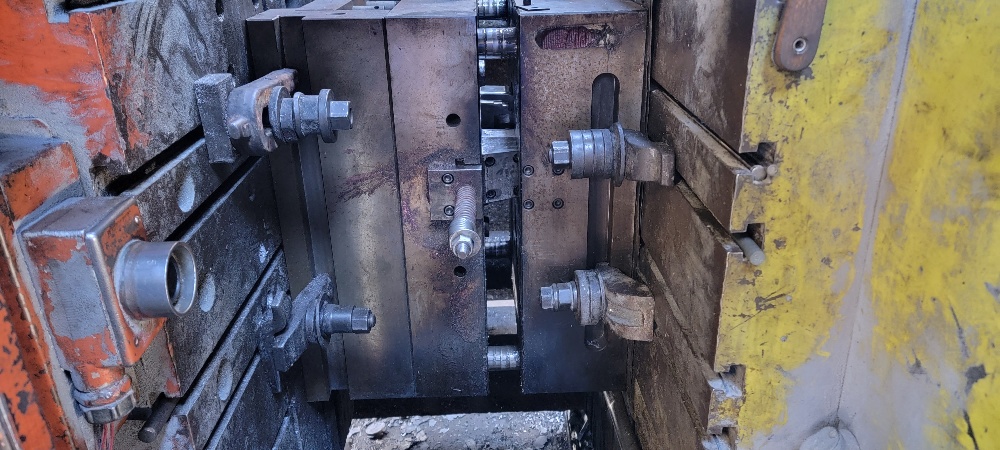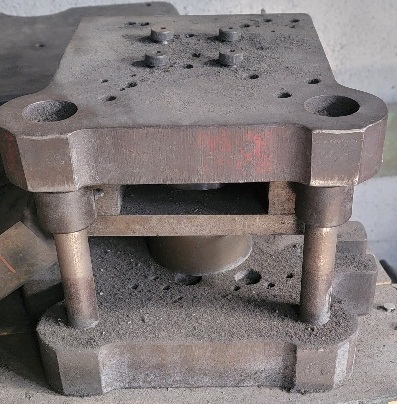FAQs – Questions and Answers About Die Casting Molds and Tooling
There is not much information available about the terms used in die casting tooling. For more tooling information or die casting mold pricing contact us: sales@tile-molds.com Listed below are some common terms used in die casting for the dies, molds and tooling.
https://www.tile-molds.com
Yes – We can make parts with any die casting tool that made parts before. We can mount your inserts into our moldbases. We can use our master unit holders to run your unit die. We can set up your complete die in our die casting machine and make your parts. Send us pictures of your die casting tooling, a copy of your part blueprint to sales@tile-molds.com Also, send us sample of the part from your last purchase order so we can get the weight and see what work needs to be done to the part.
Yes, if you want to save time. You can ship us your die casting tooling to get a faster response for part prices. Also send a sample part for us to examine.
The complete mold is a full die casting die that does not need an additional mold base to fit into the die casting machine.
The unit die fits into a master unit holder that remains in the die casting machine. The unit die is faster to install in the die casting machine.
The die casting inserts are much smaller and less expensive. Insert are mounted into a complete die or into a unit die.
A multiple cavity tool means it makes more than one part each die casting cycle. Sometimes the part type is the same, sometimes it is different. multiple cavities save overhead cost in producing die casting parts because more parts are produced each hour.
When the same mold or die can make different part types, it is referred to a family die or family mold. Family tooling is used to save the overall tooling cost to the customer.
When a part is cast, it typically has excess metal around the parting line. That excess is many times trimmed with a die casting trim die. The trim die cuts the excess material around the pat much like a cookie cutter cuts the shape in the cookie.
Sometimes an object is installed inot the die casting mold during the die casting cycle. That object is known as a hand loaded insert. These inserts can be many different materials, including made of aluminum in aluminum die casting.
If a die casting part needs an opening perpendicular to the die parting line, there needs to be a slide in the die. The slide actuates in and out of the die during the die casting cycle.
On the die casting part there is always a line where the two die halves meet together during the die casting process. This line is called the die parting line, or more commonly, “parting line”
The die casting tool always needs ejector pins to extract or “push out” the die casting part from the die casting cavity. Ejector pins typically leave a small round mark on the side of the part that was made on the ejector side of the mold.
The two halves of the die casting mold are recognized as the “Hot Side” or the “Ejector Side” The die hot half, also known as the hot side is stationary on the die casting machine. The molten metal enters the mold on that side of the die, thus the name “hot side”. The ejector side, also known as the die cover side, opens when the die casting machine opens. It also actuates the ejector pins to push the castings out of the die cavity.
In order to save part cost in machining, many times holes in the parts are made using core pins. Core pins make holes that can be tapped or threaded so the die casting parts may be assembled.
Permalink: https://www.tile-molds.com/blog/die-casting-tooling-answers/
